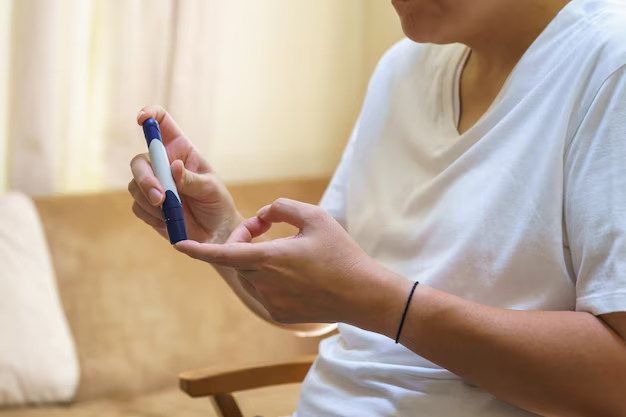Can Type 1 Diabetes Be Reversed? Here’s the Reality
When someone receives a diagnosis of Type 1 diabetes, it's natural to wonder about the possibility of reversing the condition. Understanding the nature of Type 1 diabetes is crucial for comprehending why reversal isn’t currently feasible. Unlike Type 2 diabetes, which can sometimes be managed or even reversed with lifestyle changes, Type 1 diabetes is an autoimmune condition where the body's immune system mistakenly attacks and destroys insulin-producing cells in the pancreas. Once these cells are destroyed, they cannot regenerate, making the concept of reversal a challenge that remains unresolved in modern medicine.
What Does Type 1 Diabetes Management Involve?
For individuals with Type 1 diabetes, management is the key to leading a healthy, balanced life. This involves:
- Insulin Therapy: Regular insulin injections or the use of an insulin pump to regulate blood sugar levels.
- Diet and Exercise: Carefully planning meals and participating in regular physical activity to maintain optimal glucose levels.
- Monitoring: Consistent blood glucose monitoring to prevent highs and lows.
- Education and Support: Engaging with health care professionals to stay informed about the latest research and management strategies.
While reversal is not possible, significant strides in treatment and technology are making it easier for those with Type 1 diabetes to manage their condition effectively. Breakthroughs like continuous glucose monitors (CGMs) and advanced insulin pumps have transformed diabetes care, offering better control and improved quality of life.
Navigating the Financial Implications of Type 1 Diabetes
Managing Type 1 diabetes may pose financial challenges due to the cost of medications, supplies, and medical appointments. Fortunately, there are government aid programs and financial assistance options available to ease this burden.
- Health Insurance Coverage: Review your insurance plan to understand what costs are covered, including doctor visits, insulin, and CGMs.
- Assistance Programs: Pharmaceutical companies often provide patient assistance programs for those unable to afford their medications.
- Government and Non-profit Support: Investigate government-sponsored programs and non-profit organizations that provide resources and financial support for people with diabetes.
Exploring Broader Financial Solutions
Beyond direct medical expenses, the financial aspects of living with a chronic condition like Type 1 diabetes can be demanding. Here are some avenues to consider:
- Debt Relief Options: If medical expenses have led to accruing debt, explore debt consolidation or negotiation with creditors to ease financial stress.
- Credit Card Solutions: Look for credit cards that offer low interest rates or rewards on medical and pharmacy purchases.
- Educational Grants: For young individuals with Type 1 diabetes, educational grants and scholarships are available to aid in financing college education, allowing students to focus on their studies rather than financial concerns.
While the quest to reverse Type 1 diabetes continues in the medical research field, effective management and financial resources can significantly mitigate the day-to-day challenges associated with this condition. Being proactive about both health and financial planning is essential to thriving with Type 1 diabetes.
Here’s a quick guide to financial assistance and educational opportunities:
- 💊 Patient Assistance Programs: For prescription cost relief
- 💸 Government Aid: Medicaid, Medicare, and CHIP
- 🏦 Debt Relief Services: Credit counseling and consolidation options
- 💳 Specialized Credit Cards: Low interest and rewards for medical expenses
- 📚 Scholarships: For students with diabetes, providing educational support
With these tools and resources, managing Type 1 diabetes and its associated costs becomes more manageable, allowing individuals to focus on living their fullest, healthiest lives.
